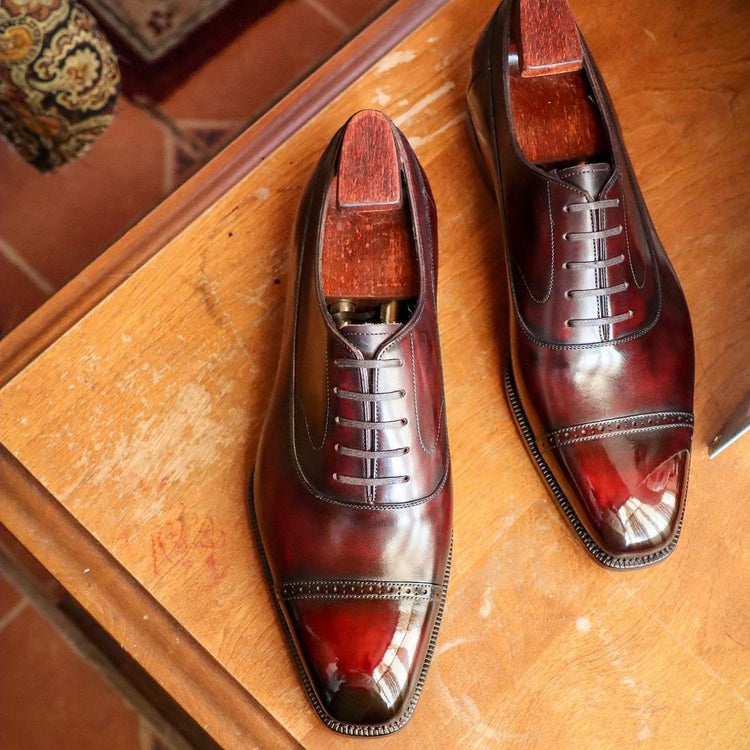DapperDan15
Senior Member
- Joined
- Mar 5, 2015
- Messages
- 108
- Reaction score
- 44
Here it is: http://tuttofattoamano.blogspot.com/2009/12/henry-poole-co.htmlWhich article was it?
As several commenters pointed out, the suit lacked a customer label and was likely made-to-measure rather than bespoke. Alternatively, the customer could have ordered machine padding.
The author's update states that management was unaware of any machine padding, and insisted to their tailors afterwards that all work be done by hand. I think that rather makes for a better situation all round than the original mistake implies.
















